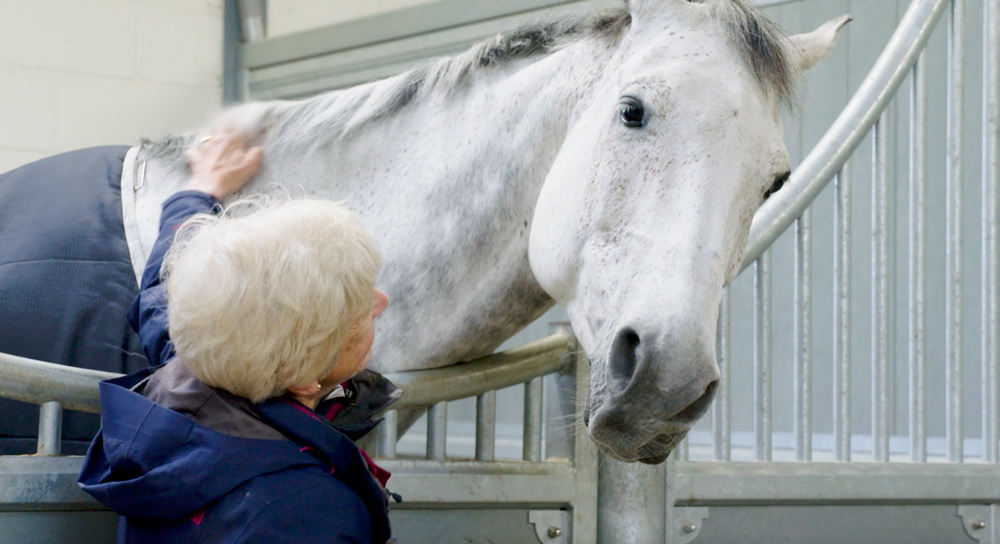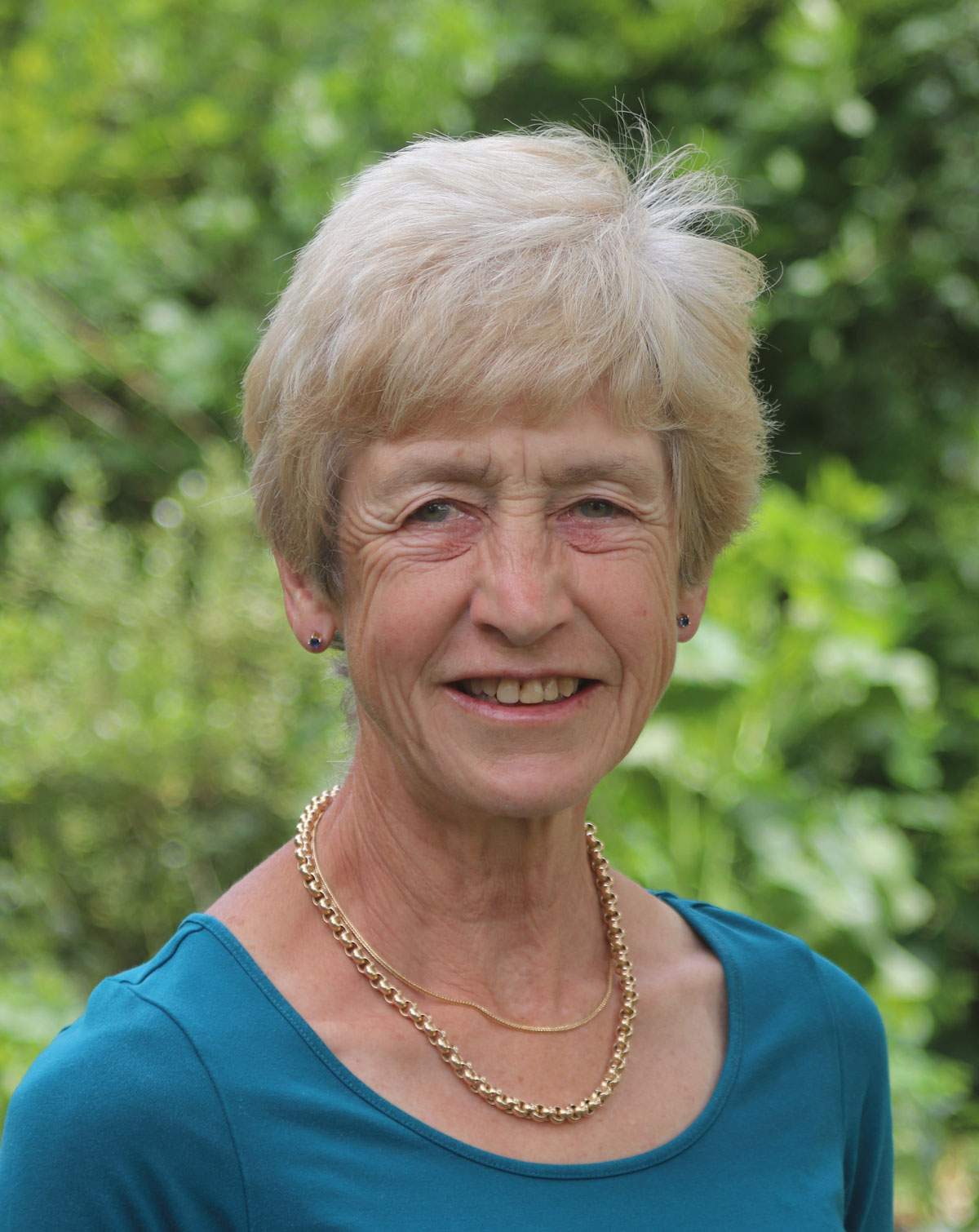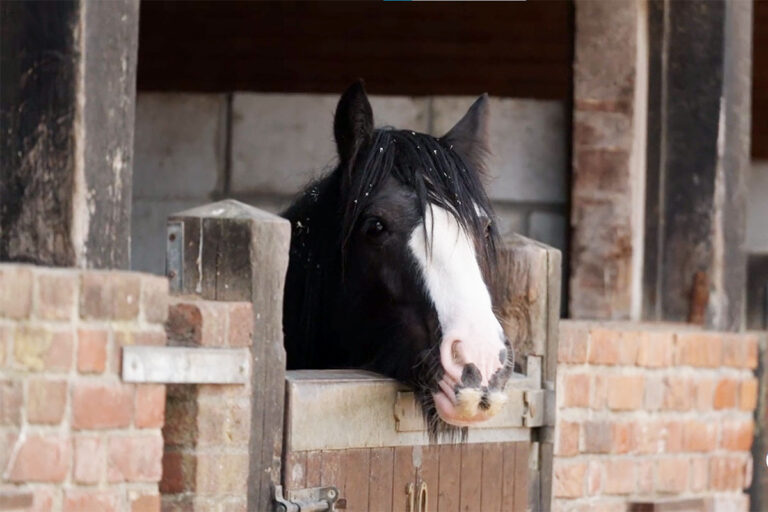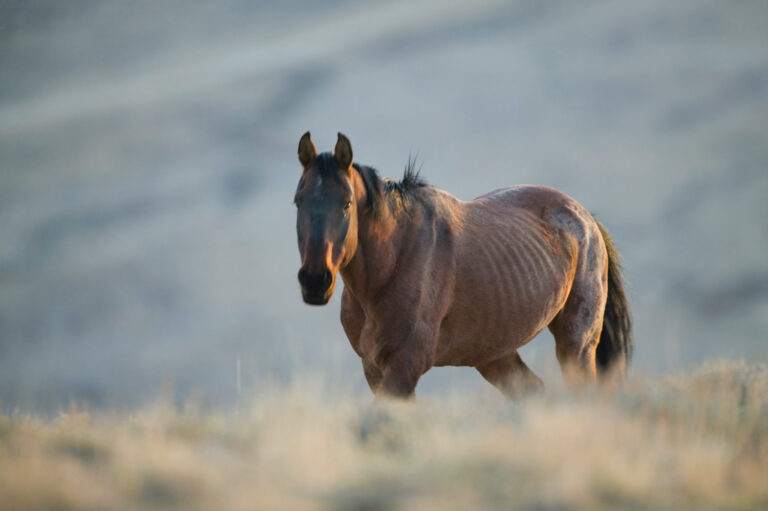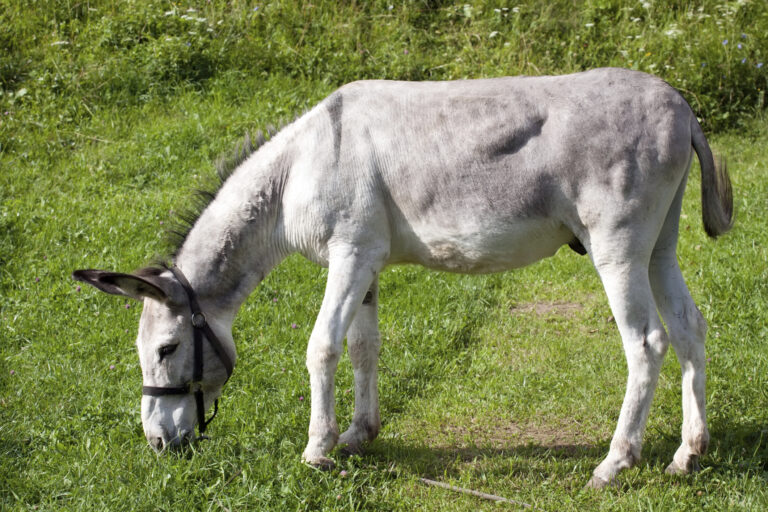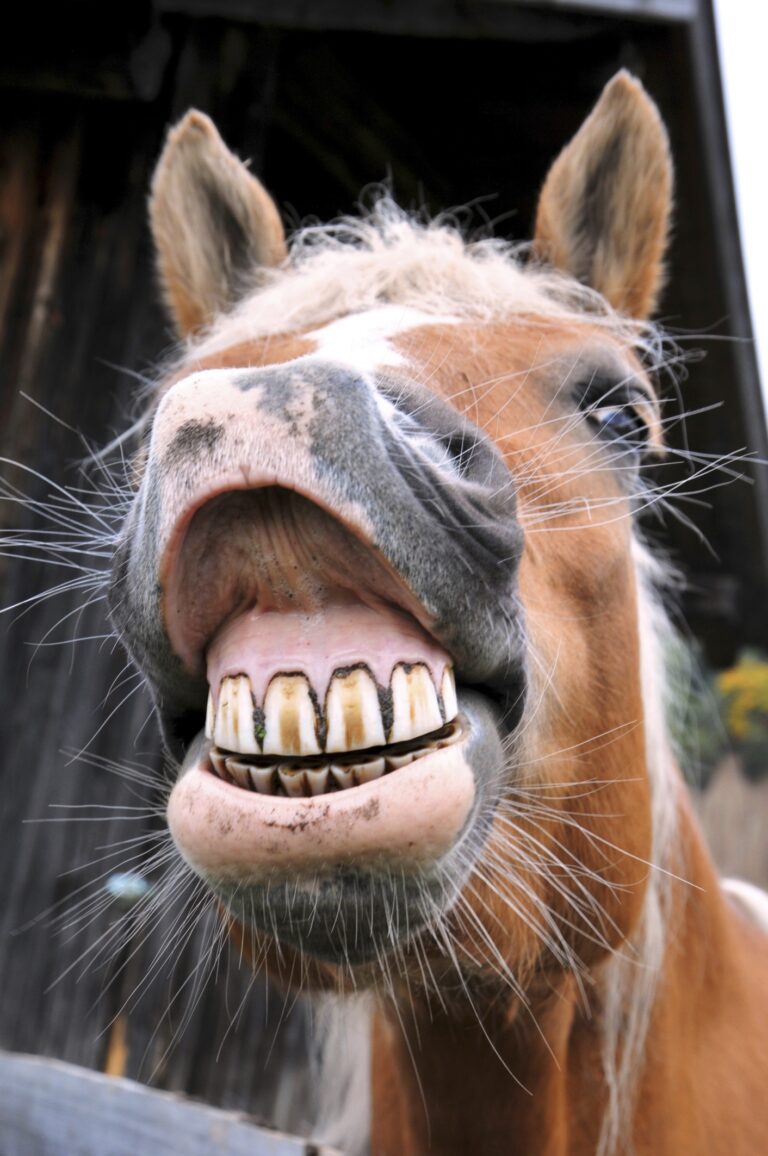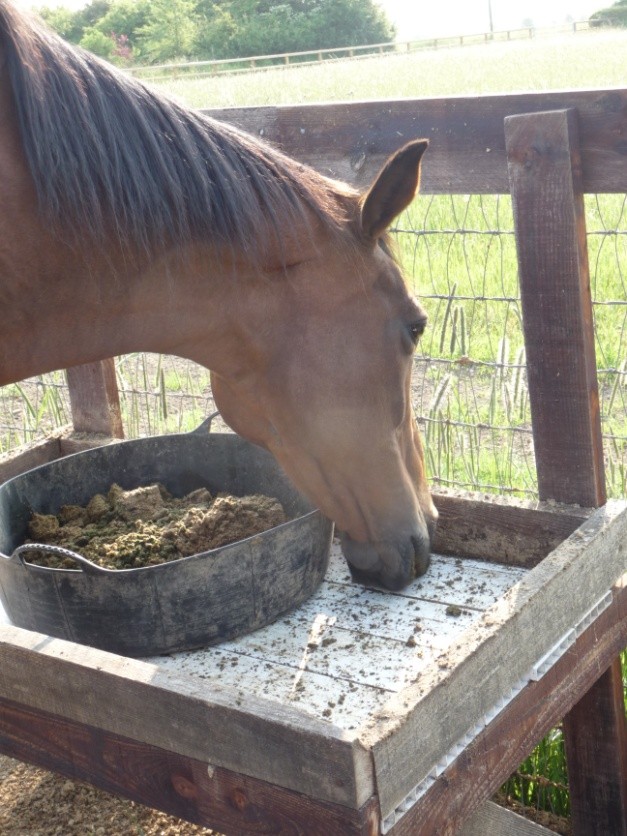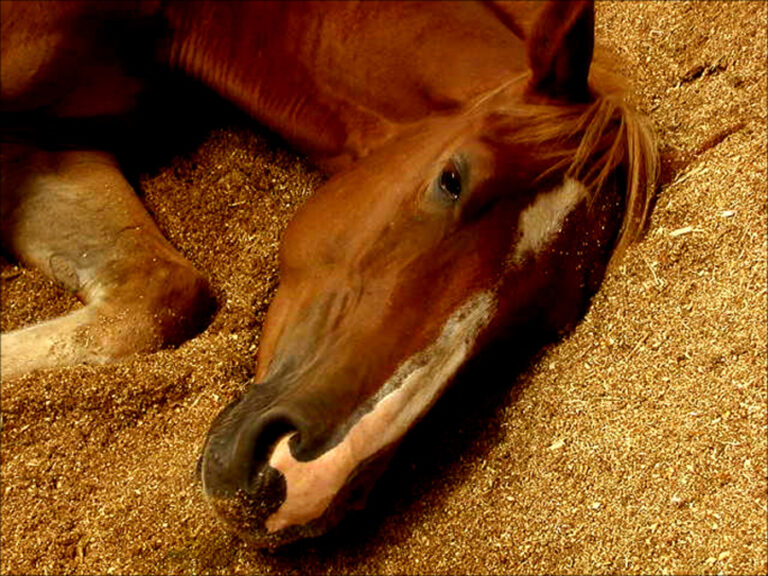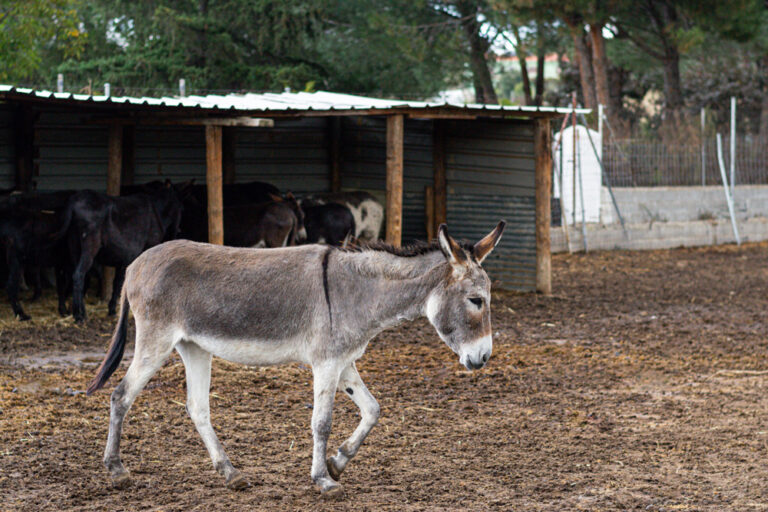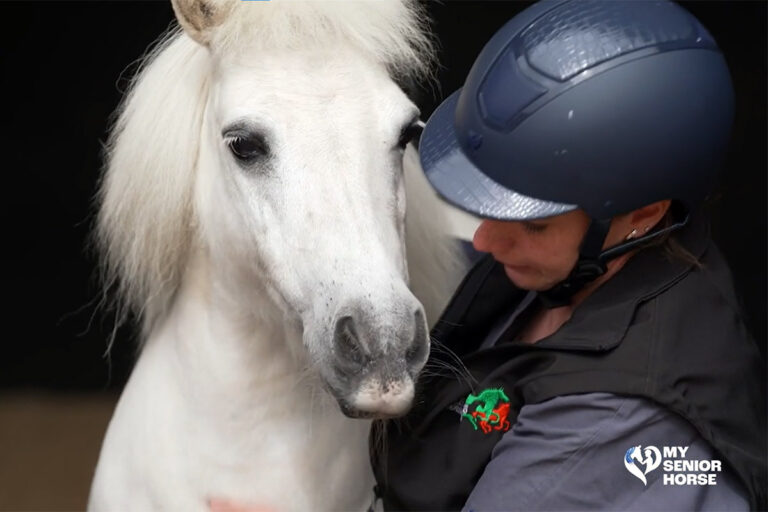It is common to observe horses rubbing each other or scratching one another with their teeth (allogrooming). Preferred locations appear to be the withers or the back of the hindquarters. Researchers think these activities result in the activation of small-diameter nerve fibres conducting signals to brain and the release of opioids in the brain. This brings pleasure to the horse—the ‘feel good’ factor.
Research
It has been demonstrated in several studies—assuming that a horse is not already in a high state of arousal—that stroking, scratching, or massage of specific anatomical locations can result in lowering of the heart rate and relaxation. These sites include the ears (assuming that the horse is not head shy), the withers, the mid crest, the caudal aspect of the brachiocephalicus muscle (the long muscle that runs down the lowest part of the side of the neck from the head to the shoulder region), adjacent to the tail head and the caudal aspect of hindquarters, and sometimes the upper part of the gaskin.

The response of the horse may be to show a variety of behaviours. These could include grooming the masseur, movement of the lips, repeated sideways movements of the hindquarters, leaning into the massage, or rubbing against the masseur. Additional somnolent-type behaviours including leg-resting, lowering of the head, and relaxation of the lower lip.
These reactions are potentially beneficial to the horse and the handler. These can be used by the handler to provide reward, prevent arousal, and promote calmness in a potentially stressful situation. Stroking, scratching, and massage can also encourage bonding between the horse and the handler.
Human Stress
It is important that the handler is not unduly stressed because a handler’s (or rider’s) stress can induce a stress reaction in a horse.
There was a study in which riders were told that while they were riding around the periphery of an arena an umbrella was going to be opened suddenly and quite close to the horse. The umbrella was never opened, but the heart rates of both the rider and the horse went up.
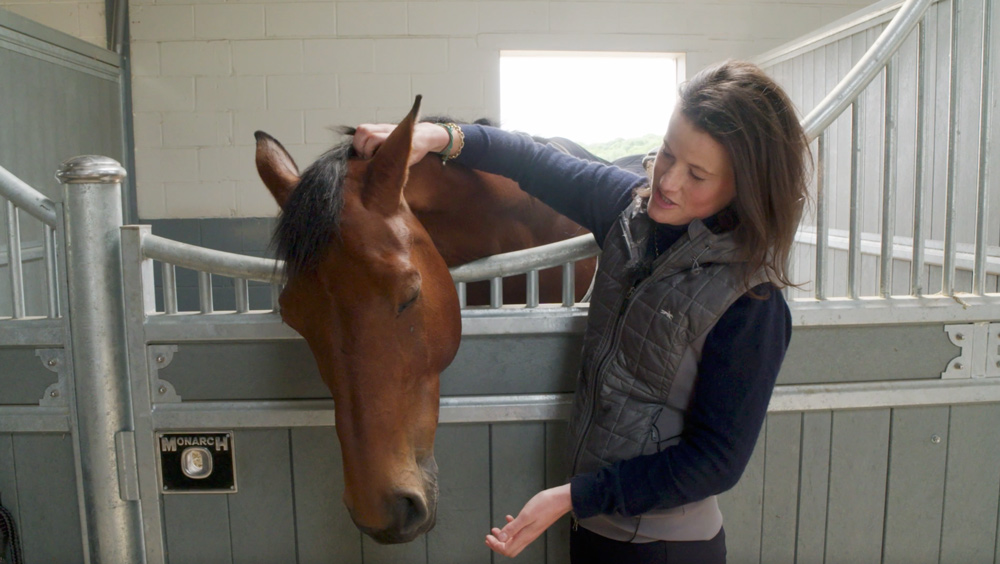
Final Words
Different horses have different preferred locations for being stroked or scratched, so it is worth experimenting with your horse. This is a useful addition to your toolbox for handling your horse ahead of potentially stressful situations.
Illustrations: Kathryn Lauritzen, Padma Videos/Kristian Barrass. Still images from ‘Horses and the Science of Harmony’
See bonus footage from the producers of Horses and the Science of Harmony on YouTube titled ‘Horses and the Science of Bonding.’
Further Content
- Horses and the Science of Contentment. Dr. Sue Dyson. MySeniorHorse.com
- My Senior Horse Podcast: Horses and the Science of Harmony. Dr. Sue Dyson. MySeniorHorse.com
- Horses & the Science of Harmony. Dr. Sue Dyson and Padma Videos.
- The 24 Behaviors of the Ridden Horse in Pain: Shifting the Paradigm of How We See Lameness. Dr. Sue Dyson with Padma Video.
- Horse Behavior During Tacking and Mounting. Dr. Sue Dyson. MySeniorHorse.com
- Ridden Horse Performance Checklist: Behaviors in Ridden Horses that Might Signify Discomfort. Dr. Sue Dyson. MySeniorHorse.com
- How An Uncomfortable Horse Might Feel to a Rider. Dr. Sue Dyson. MySeniorHorse.com
- A detailed course describing how the Ridden Horse Performance Checklist (also known as the Ridden Horse Pain Ethogram) was developed. You can find more information, with many case examples (including video recordings) and interactive quizzes at Equitopiacenter.com.
- Further information, downloadable illustrations of all the behaviors, and a checklist are also available from 24horsebehaviors.org.
- Harmonious Horsemanship: Use of the Ridden Horse Ethogram to Enhance Potential, Partnership and Performance, written by Sue Dyson and Sue Palmer, is a useful reference book. It includes much more detail and riders’ personal experiences of using the checklist.’
- Older Horse-Human Relationship Study. Dr. Rebecca Smith. MySeniorHorse.com
-
Sue Dyson, MA, VetMB, PhD, initially worked in the United States after graduating veterinary school, then returned to England and ran a clinical referral service for 37 years. Dyson is active in clinical research and has published more than 450 scientific papers related to lameness, ridden horse behaviour, and diagnostic imaging. Dyson also is a rider and has produced horses to top national level in eventing and show jumping. Dyson is a British Horse Society Instructor (Teaching and Stable Management).View all posts

